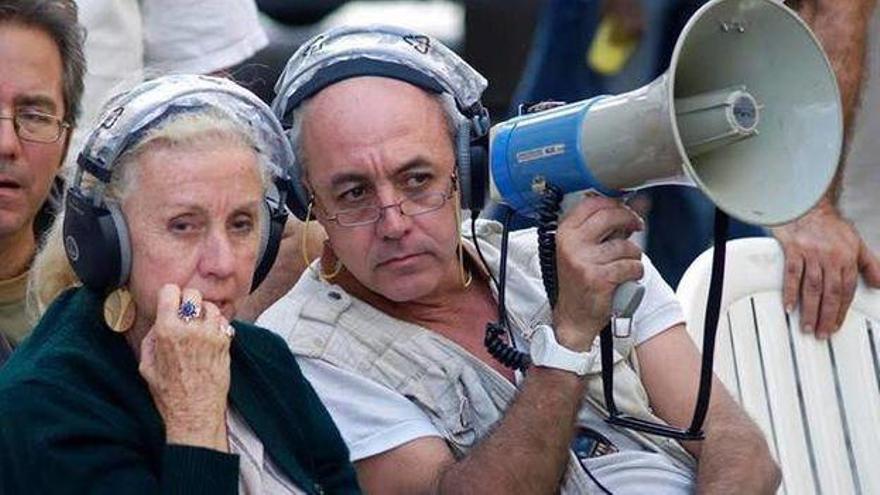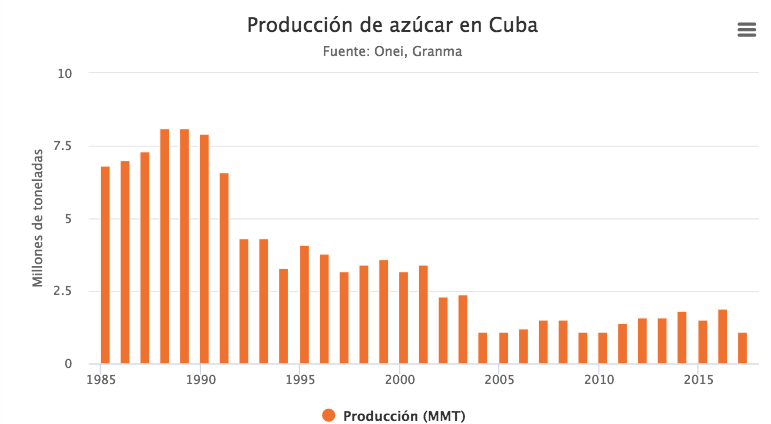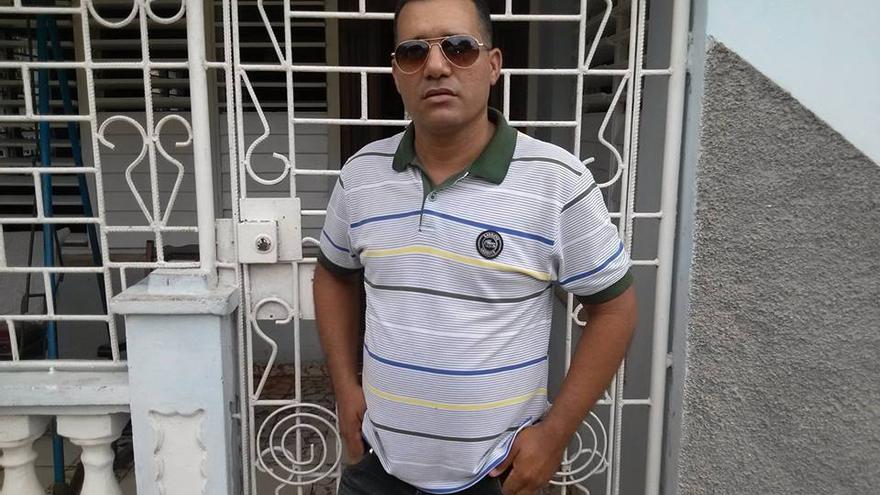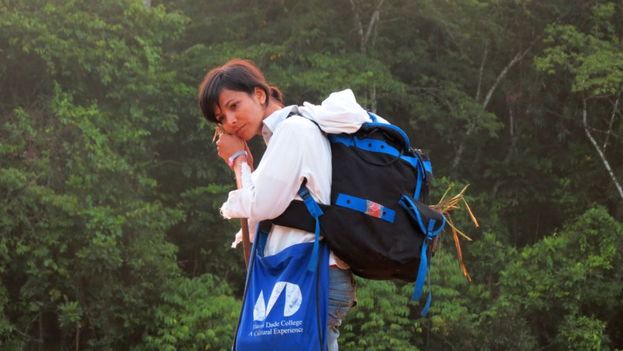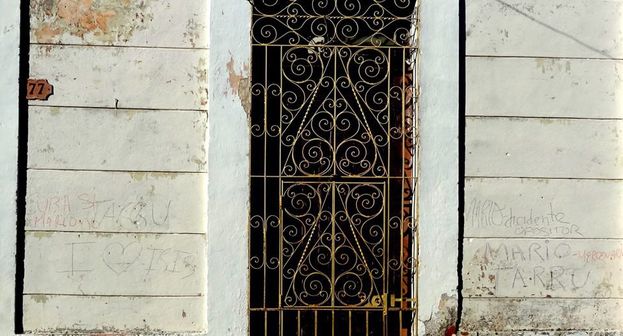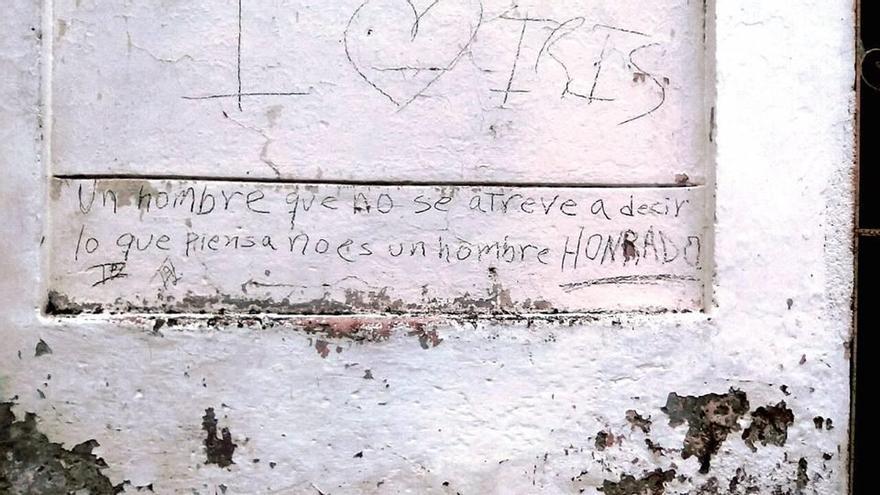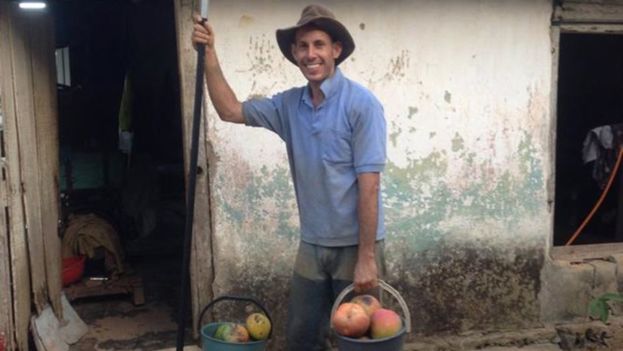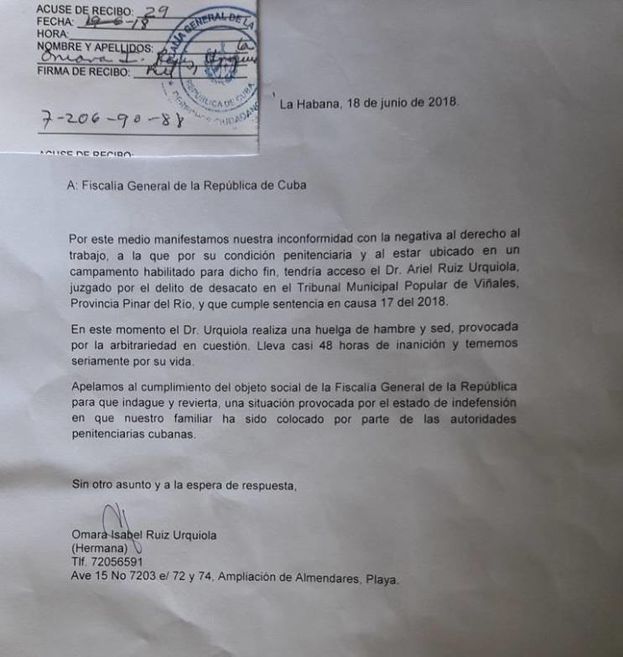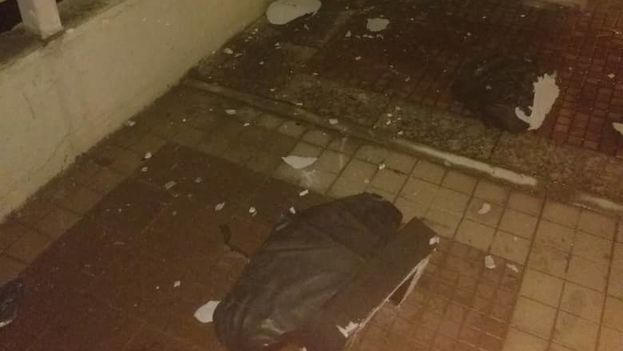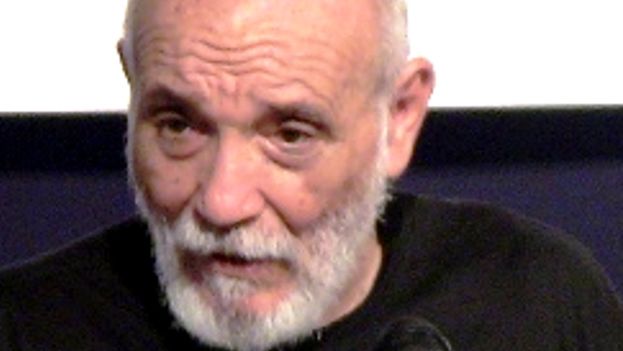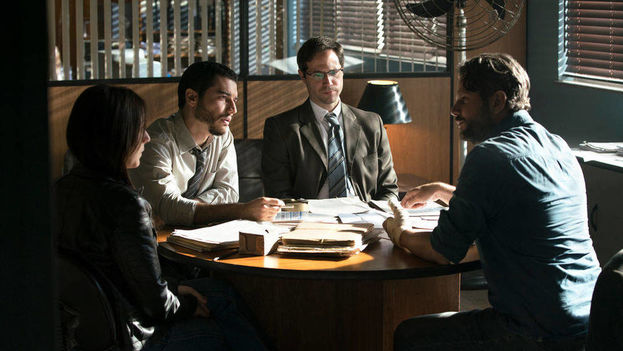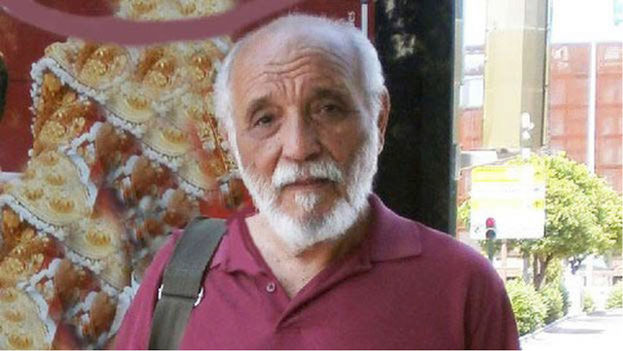
![]() It was the 80s and, from Cuba, Nicaragua seemed to offer hope that the leftist revolutions would take power across the continent. The fall of the dictatorship of Anastasio Somoza fit into the pieces of my children’s puzzle, where the walls of the Kremlin, Fidel Castro’s beard and Nicaragua’s volcanoes shared space.
It was the 80s and, from Cuba, Nicaragua seemed to offer hope that the leftist revolutions would take power across the continent. The fall of the dictatorship of Anastasio Somoza fit into the pieces of my children’s puzzle, where the walls of the Kremlin, Fidel Castro’s beard and Nicaragua’s volcanoes shared space.
A classmate in my third grade class bragged that her father was in Managua as a military advisor. These trips, in addition to guaranteeing the importing of exotic gifts in the midst of the boring distributions from the rationed market, increased social prestige because they immediately conveyed the status of “proletarian internationalist.”
Years later, when that fog of slogans and chimeras cleared, I understood that this official euphemism hid a much more heinous reality: military intervention in another nation. The chess of geopolitics had turned Nicaragua into a board where Moscow moved its pieces through Cuban hands and the United States did the same through the “Contras.” continue reading
Along with that physical presence and the ascendancy that the Plaza of the Revolution maintained over the Sandinista commanders, the main offensive was developed in the media and in whatever cultural display served to convey the idea that the sickle with its implacable hammer had destroyed the old Latin American regimes.
This is how documentaries, posters, hymns and poetic riffs were created, which were mandatory in Cuban schools and, above all, a mold was created from which it was impossible to escape. Being a Sandinista and supporting Daniel Ortega, who led this revolution then occupying the most space in the Island’s official discourse, was a necessary catechism to be able to be “ordained” as a full-fledged revolutionary and communist.
Castro supported the Sandinistas with strategists and arms, as he did so many other guerrilla movements in the region. Testimonies and documents that have come to light confirm that the Cuban leader maintained a fluid communication during the insurrection directed from its Palo Alto headquarters in Costa Rica, because he always liked to play war from a distance, with the bullets wounding other bodies.
After reaching power, the Sandinista commanders visited Havana and the president talked with them during a more than 70 hour marathon from which at least two counsels have come to light. He recommended that they call elections as soon as possible and not introduce compulsory military service. The stubborn comrades paid no attention, perhaps because they realized that the “counselor-in-chief” had not followed any of these premises and, nevertheless, continued to control the Island.
After that alliance, Cuban children had other commanders to worship, another revolution to shout Viva! for, and a new geography to explore on the maps, as we thought about the day we would disembark there with our boots, compass and rifles, to kill or die in the name of utopia. Our own island was narrow and when that time came we would be able to project a continental Cuba, making the leap from our caiman to that cinched waist offering the promise of continued advances towards the voluptuousness of the two Americas.
While that moment of physical sacrifice was still over the horizon, we applauded. We sang praises to Ortega and his companions even when the confiscations they imposed spoke more of voracity than justice, when the nationalizations ruined the country, and when their hands did not tremble as they pointed their rifles against their own people. An ideological friendship at that time involved this kind of selective myopia.
The official Cuban media also continued to present the Sandinistas as rebellious youngsters, even in moments of absolute international disrepute, such as the one provoked by the so-called Sandinista “piñata” in which they scandalously distributed property and goods among themselves and lined their own pockets. Although some of the Sandinista commanders turned away from the insatiable Ortega, Cuban propaganda continued to present them as “the Nicaraguan guerrillas,” a tight group, a closed bloc.
Cuba’s official newspaper Granma never dedicated a critical phrase to them and Silvio Rodríguez continued to sing that “another hot iron” had been broken in Nicaragua. A theme that served to spread, from passion, a lie. The Sandinista revolution, like the Cuban one, erected from its emergence an insatiable source of rights for its followers, even above the law, shielding itself from its critics and forgetting that foundational impulse of change that had made it possible. It aged badly and fast.
After almost 40 years, the young man who initially conquered power by the force of arms is now trying to keep it through them, amid the popular protests that broke out in Nicaraguan streets in April. Ortega has ordered his forces to kill and will continue to do so to keep the presidential chair. Lacking the revolutionary mysticism that once surrounded him, he is now left with only repression or claudication.
Aggravating his international loneliness, his former ally and mentor has been dead almost two years and Havana no longer enjoys those fat subsidies of yesteryear that allowed it to deploy troops in other countries. But the official media is a redoubt of support for the Ortega regime and occasionally, on some old radio station, you will hear about the “rope with bait” that was cut in Nicaragua.
Today most Cubans, partly guilty for that mirage turned into satrapy, are silent, look the other way or dream of reaching other geographies, this time not to extend a utopia, but to escape it.
_____________________________
The 14ymedio team is committed to serious journalism that reflects the reality of deep Cuba. Thank you for joining us on this long road. We invite you to continue supporting us, but this time by becoming a member of 14ymedio. Together we can continue to transform journalism in Cuba.



